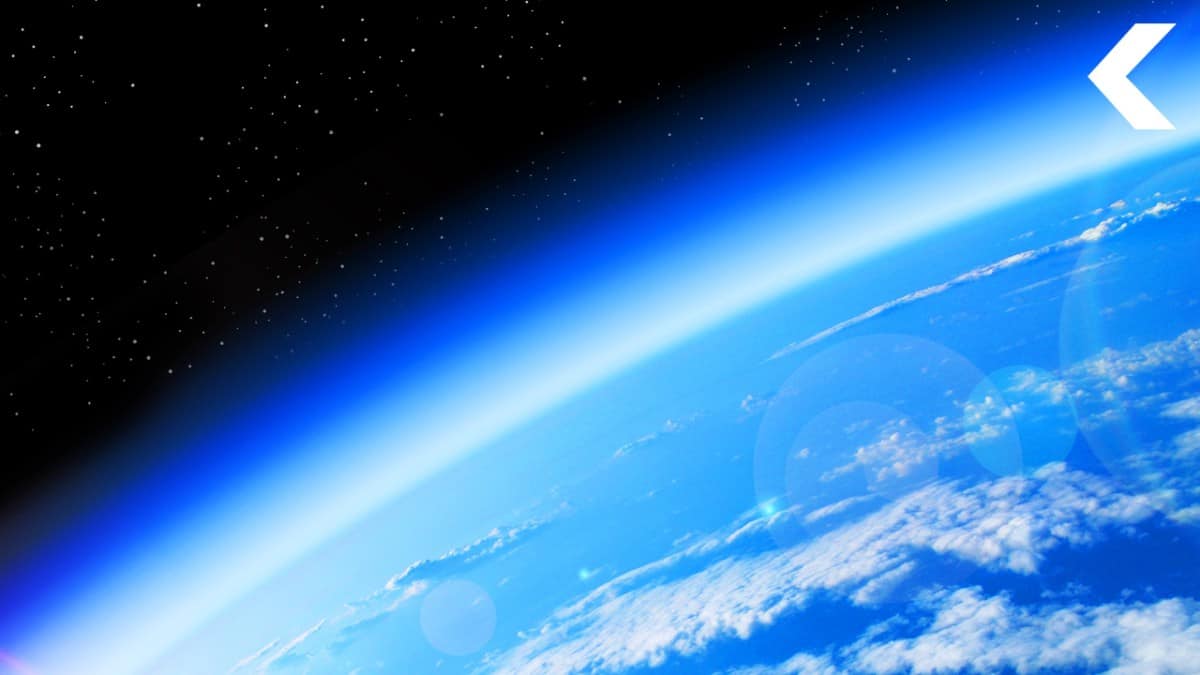The Cosmos with the Karman Line
The boundary between the terrestrial atmosphere and the outer space, known as the Karman line, is located at an altitude of about 80 kilometers, which is 20 percent closer than previously thought. Although the new definition does not matter for launching rockets and spacecraft, it can clarify the legal debate in which the rules of space policy and commercial space flights will be established. Until now, it was believed that outer space is 100 kilometers above sea level. The Karman line name was given to the height by the name of the American scientist Theodor von Karman. He first determined that at about this distance from the surface the atmosphere becomes sparse, and aerodynamic aviation becomes impossible, since the speed of the aircraft, which is necessary to create a sufficient lift, exceeds the first space velocity. Therefore, to achieve high altitudes, it is already necessary to use the means of astronautics. But the traditional definition could not stand the evidence given by Jonathan McDowell, an astrophysicist at the Harvard-Smithsonian Center for Astrophysics in Cambridge, USA. As a hobby, McDowell is conducting a detailed account of the launch of the missiles. He often has to decide which launches qualify as the achievement of outer space and which do not, and the limit of 100 kilometers has never seemed right to him. He preferred mesopause, the coldest point in the Earth’s atmosphere, located at an altitude of about 85 kilometers. McDowell deemed it necessary to go deeper into the matter, knowing that companies such as Virgin Galactic and Blue Origin will soon begin offering tourist space flights.
